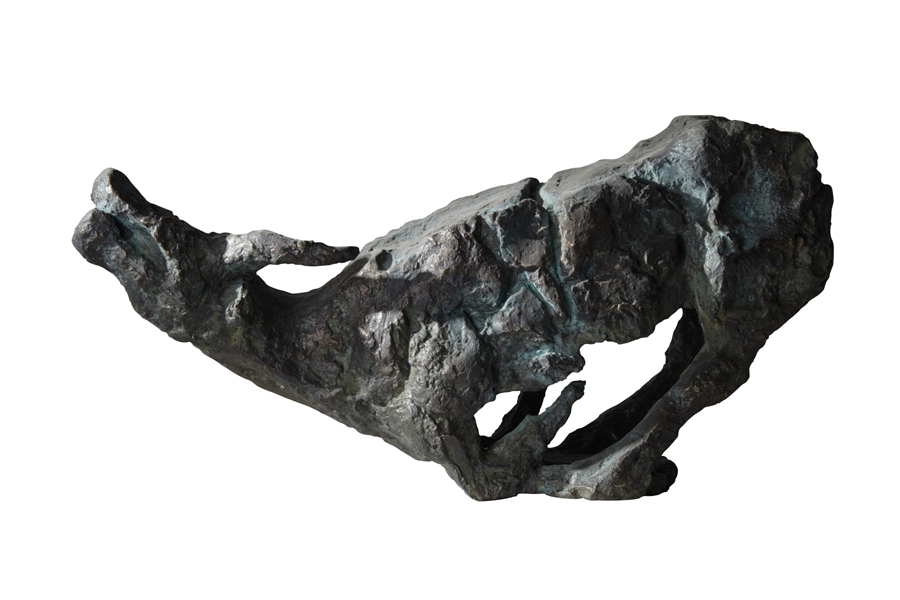

Wu says, in the 1960s, Hsiung once showed such a piece he had just completed to childhood friend and theoretical physicist Yang Zhenning, who named the work "ruziniu (a willing steer)".
"His motherland, as well as varying types of oxen laboring on its fields, came to his mind, reminding him of his home culture and inspiring his thoughts on life," says Wu, who worked with Hsiung when he visited Nanjing, Jiangsu province, in the 1990s.
Similar cultural lineage can also be seen in the paintings by prominent artists Qi Baishi and Li Keran, also a noted duo of teacher and student. Both works depict a common motif in classical Chinese paintings, a cowboy on a bull's back set against a poetic landscape.
Wu says the two paintings show the passing down of Chinese artistic legacies, the refinement of brushwork and a scholarly temperament, and the energies the artists invested in ushering this ink tradition to a modern era.